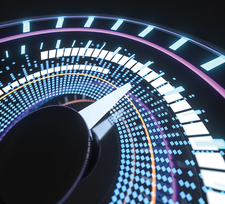Temperature and humidity sensor comparison
Remeasured

© Lead Image © Jian Fan, 123RF.com
Any application that collects a large number of measurements is bound to have some anomalous measurements, but good sensor breakouts should not output such values all the time. We tested eight temperature and humidity sensors for accuracy.
The data sheets of common temperature and humidity sensors tend to brag about accuracies in the range of a tenth of a degree. A closer look at 21 cases with eight different sensors shows which claims are true and which are just hot air from marketing.
It isn't complicated to wire up a sensor and read the values cyclically. If you've ever done so, you've probably had the feeling at some point that the numbers didn't add up. Deploying a second device only adds to the confusion, with deviations of up two units, which quickly gives rise to suspicions that your sensor lacks quality or was just too cheap, leaving you to wonder whether mysteriously high measured values are the result of a poor product or if the data sheets are incorrect.
I looked into both lines of thought and try to offer some recommendations. Up to four examples of eight common sensor devices lined up to face the test (Figure 1). Most devices are from BerryBase or Pimoroni and some of them have been around for quite a while. Table 1 shows an overview of the features, technical values, and prices.
[...]
Buy this article as PDF
(incl. VAT)
